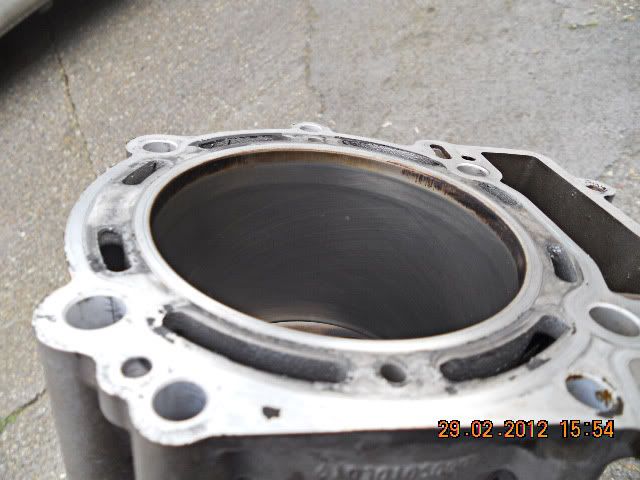In reference to diesel engine shear forces, they are big motors hauling heavy loads. Lots of shear forces from the high compression heads, larger chunks of metal spinning and vibrating, and a big transmission slamming it all together.
One factor to consider is that oil begins its life as the cold viscosity rating, chemical chains are created using additives to form dual viscosity and achieve the hot viscosity rating. Shear forces, contaminants, and heat break these bonds reducing the oil to its original cold viscosity rating.
Unless someone is an engineer that builds either oil molecules or motorcycle engines, it's hard to say that deviating from the manufacturer's recommended oil viscosity is safe. A higher viscosity like 60 may subject the larger chemical structures to more shearing due to their higher resistance to movement, a lower viscosity such as 40 might slip into places and get squished, both scenarios causing premature break down of the chemical bonds. The best advice is to go with the recommended viscosity while adjusting the change intervals for the conditions the engine is subjected to. Conditions like high engine temperatures, prolonged high rpm's, short operating periods, dusty environments, and wet environments are common extremes that warrant more frequent changes.


